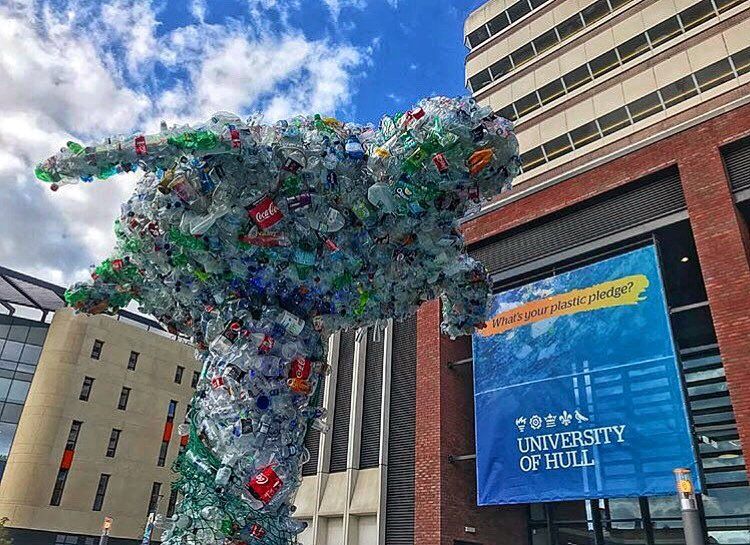The Plastic Age, fossilised plastic could remain for 10 million years
Fossilised plastic preserved in rock will be around for millions of years as a reminder of pollution, leading academic says.

Fossilised plastic preserved in rock will be around for millions of years as a reminder of pollution, leading academic says.
According to Professor Dan Parsons, plastic in the geological record could become the defining hallmark of our era. This has led to people questioning whether we have entered the Plastic Age, or ‘Plastocine’ as one journalist put it.
The British Science Festival in collaboration with the University of Hull took place this week.
Speaking at the festival, Professor Dan Parsons said: "As we move from what we know as the Holocene into what's now termed the Anthropocene, what's the imprint of human activity on the geological record of earth? Fast forward 10 million years from now and when we look back in the strata of rocks from this time we'll see a couple of things. We'll see peaks in radioactive isotopes from nuclear testing and we'll see a load of plastics, mineralised into the rock record.”
Outside the University is a figure of a turtle made from plastic bottles to represent how the plastic pollution crisis is affecting our marine life. A recent journal by Scientific Reports has stated that it only takes one single piece of plastic to kill a sea turtle.
A YouGov survey conducted in July with over 2,000 participants found that 92 per cent of the population were concerned about the impact plastic pollution in the oceans will have on future generations.
This has led to campaigns for tougher action from the Government on plastic waste.
Photo Credit: University of Hull
